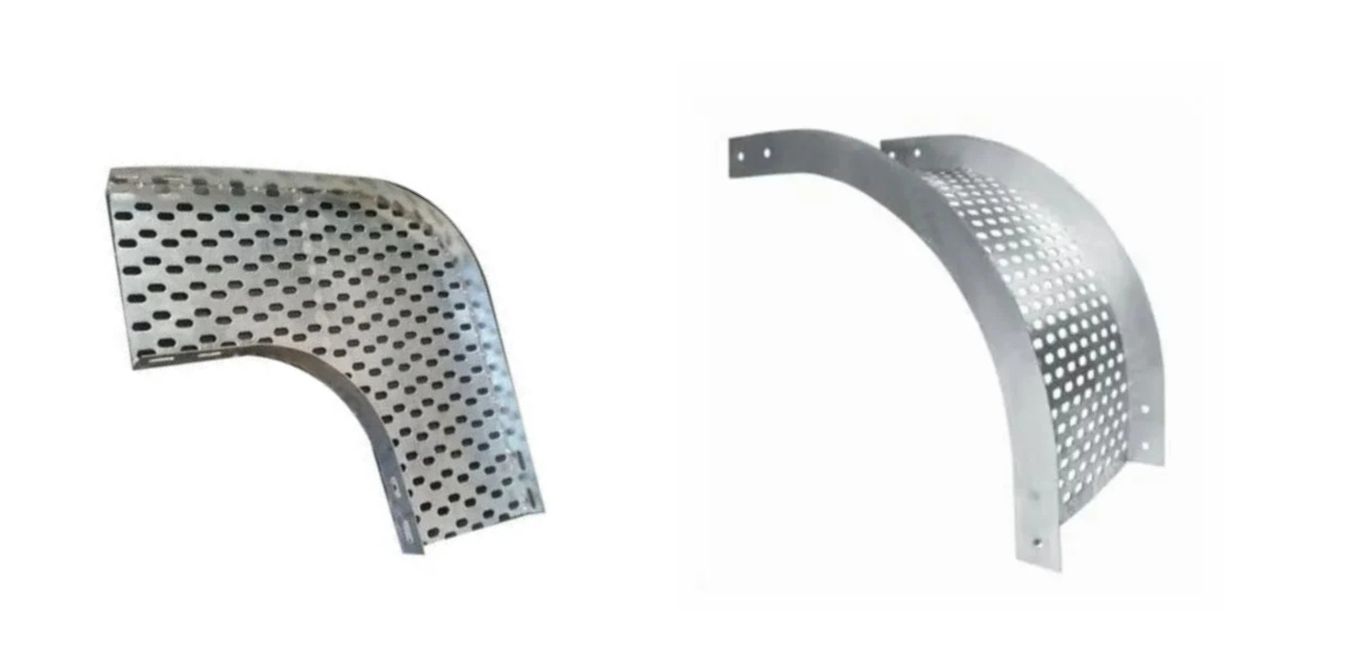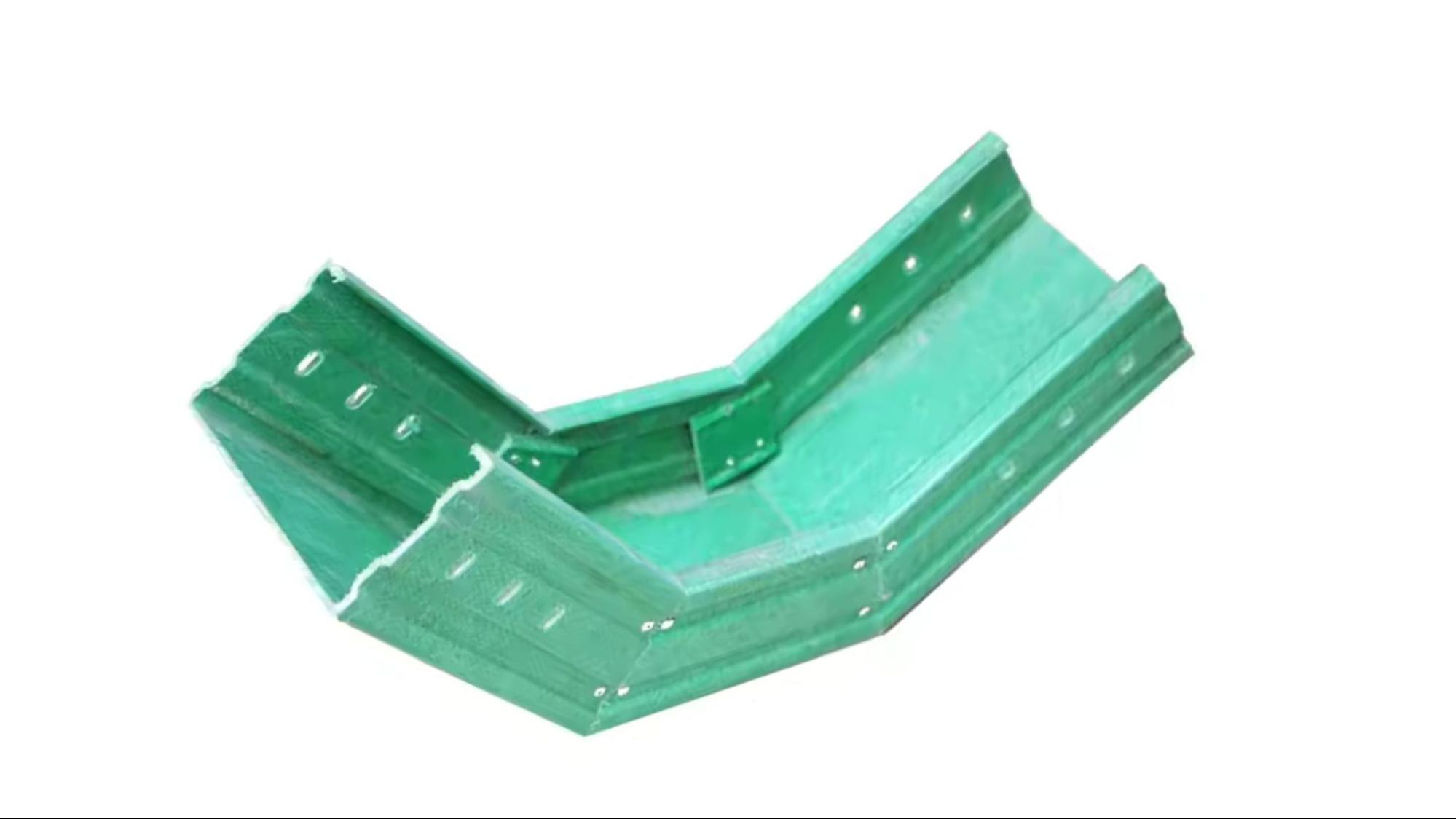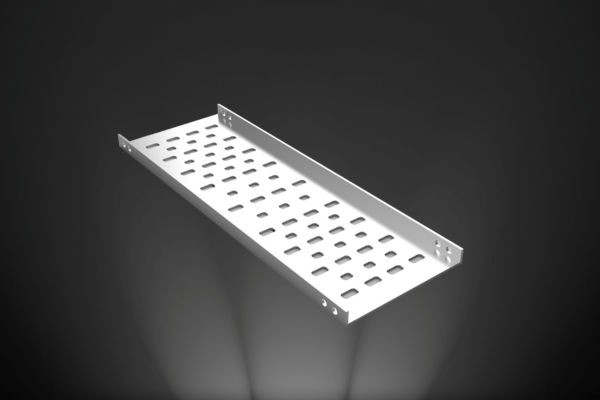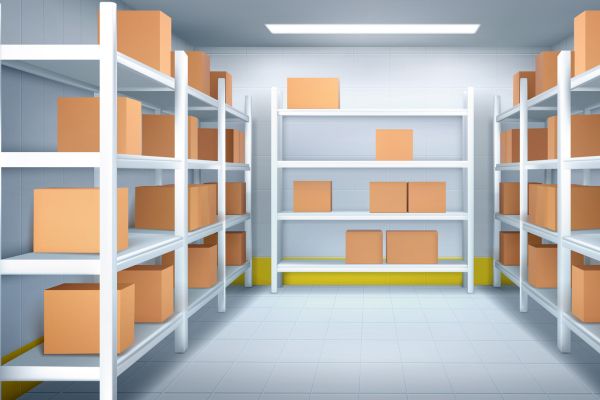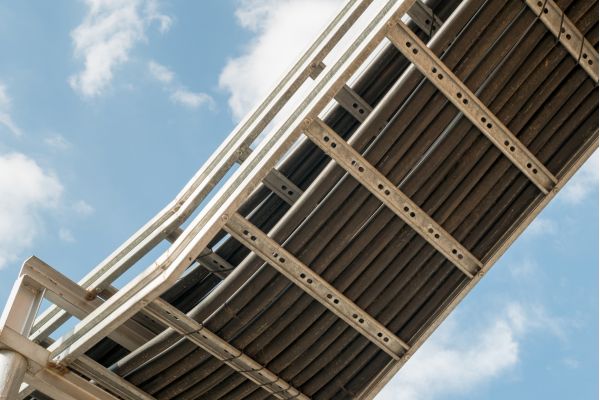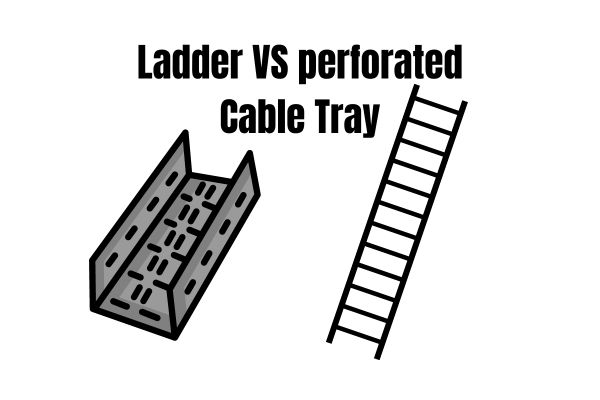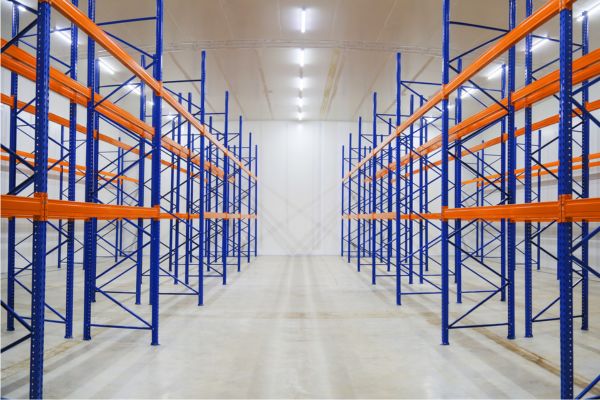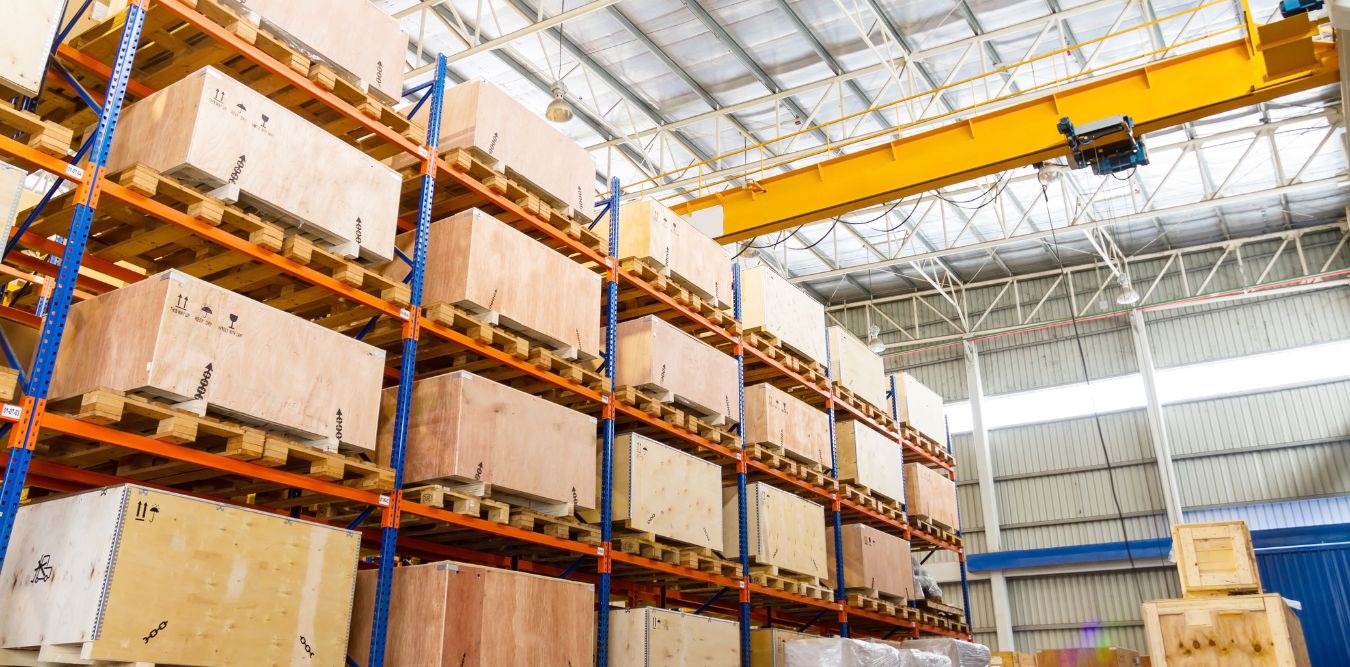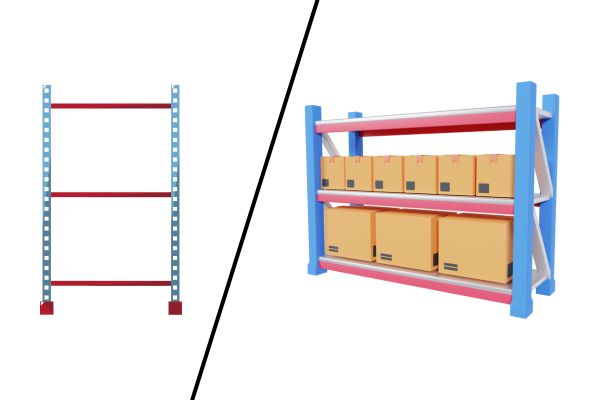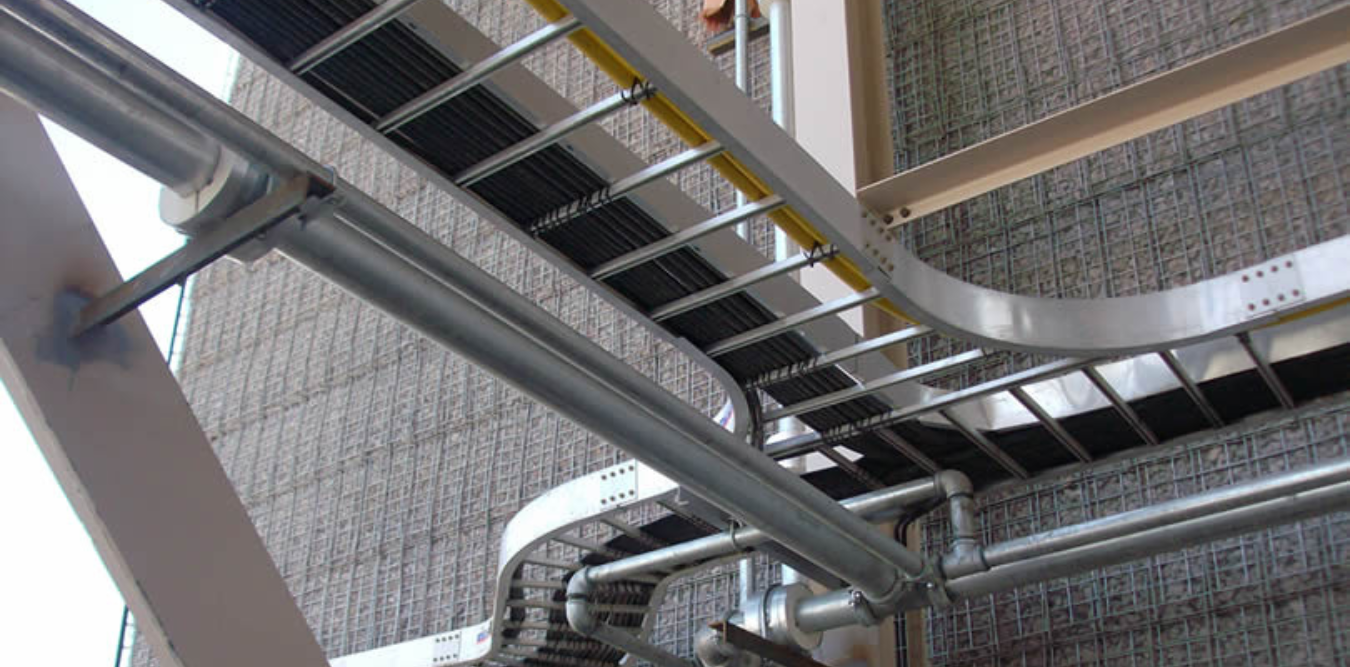Introduction
When it comes to choosing materials for tray bends, particularly in cable management systems, the debate between aluminum and plastic is a hot topic. Selecting the right material is crucial for ensuring the efficiency, durability, and safety of cable tray systems.
This article delves into the pros and cons of both aluminum and plastic tray bends, with a focus on cable tray 90-degree bends, to help you make an informed choice.


